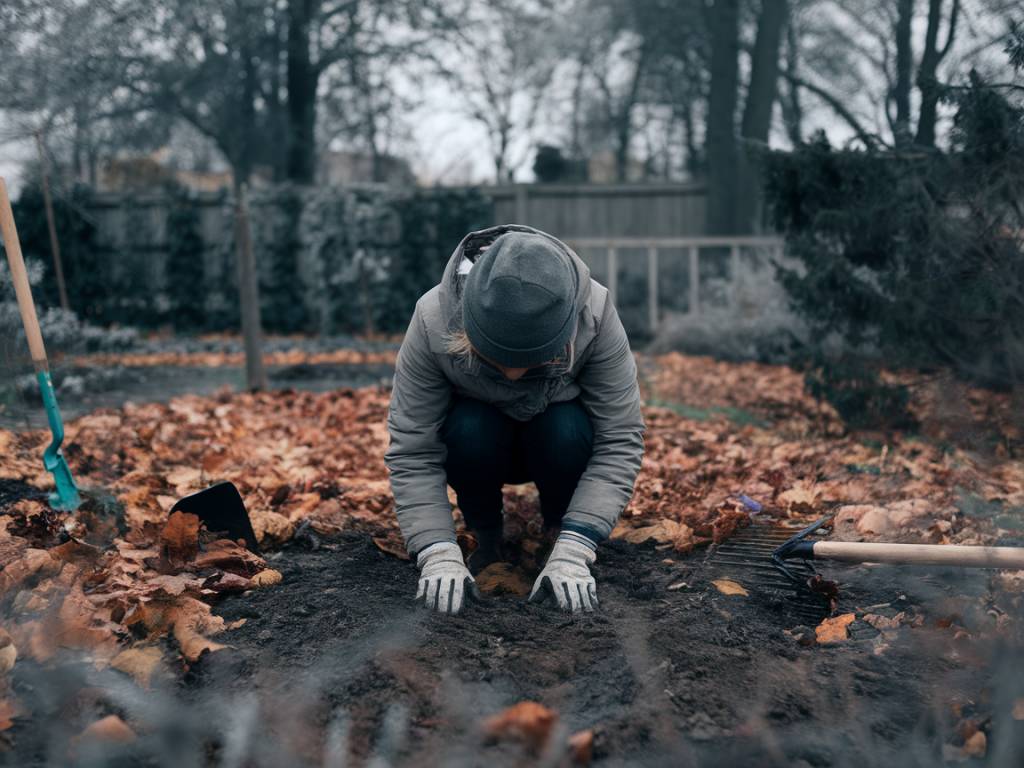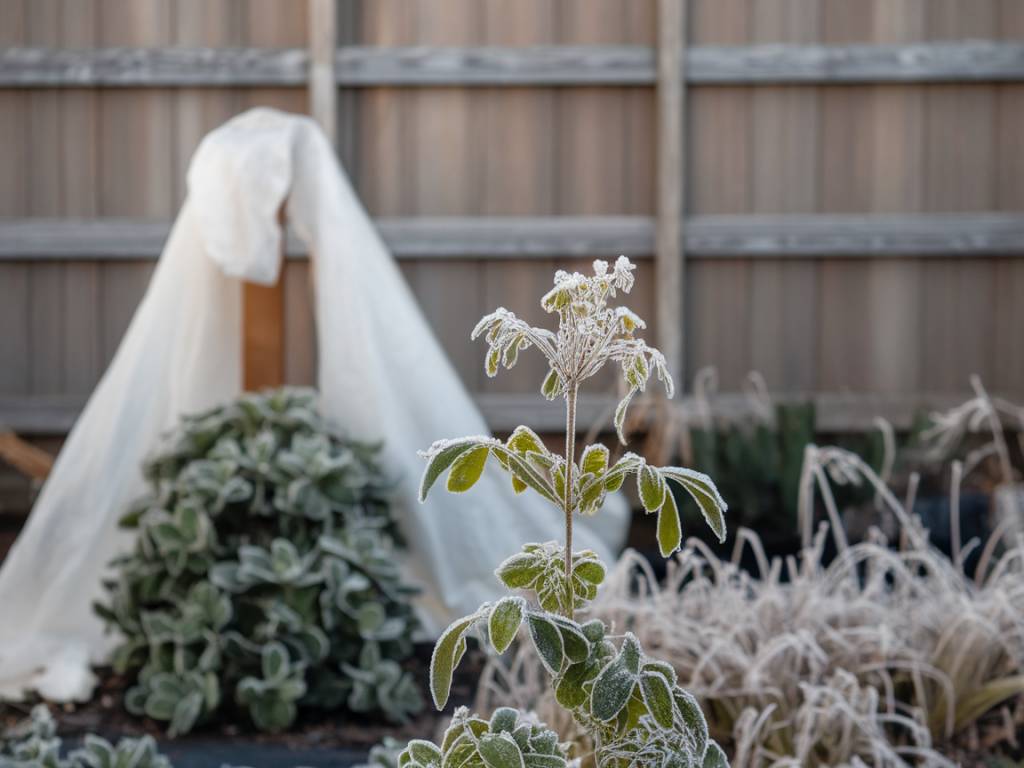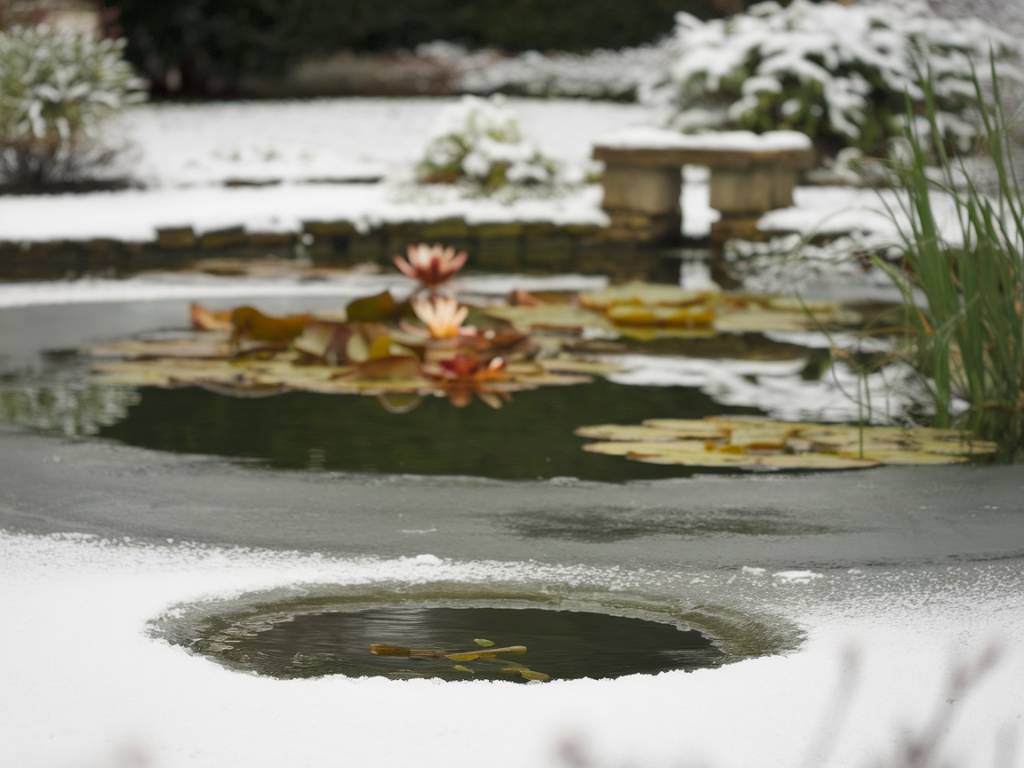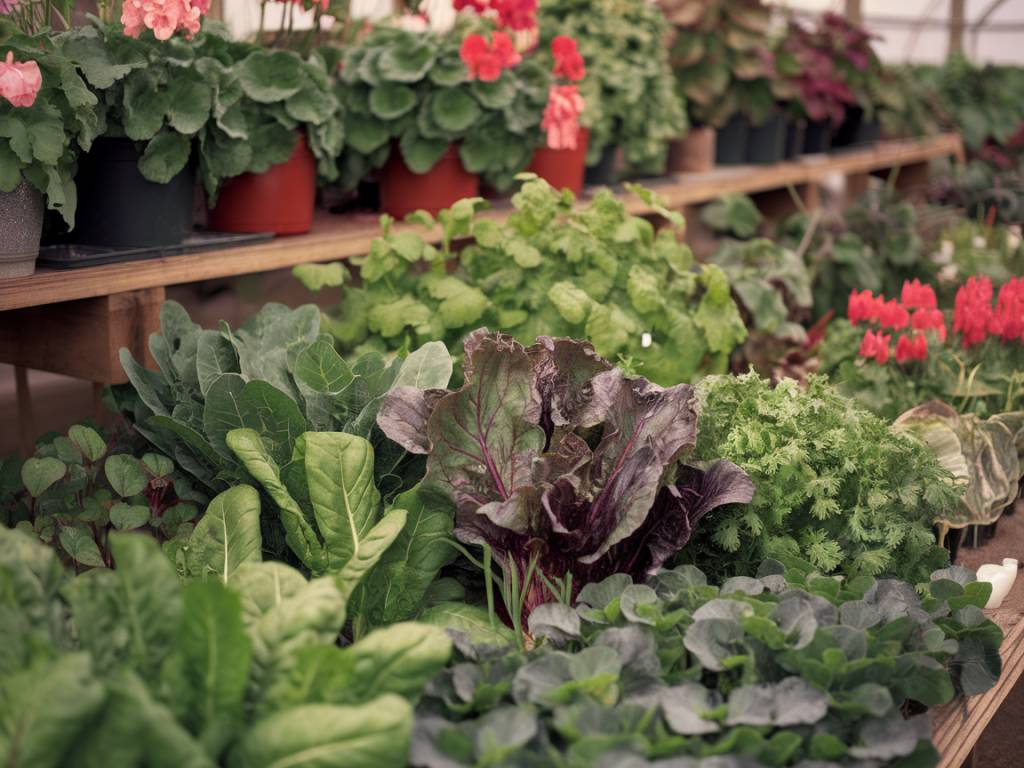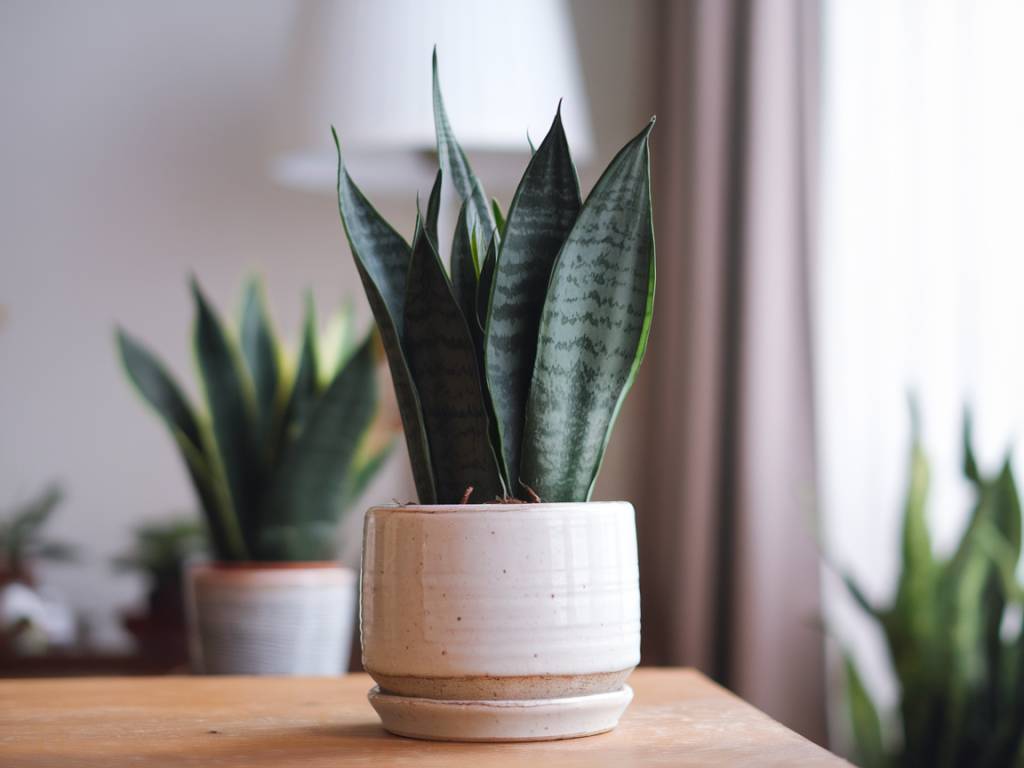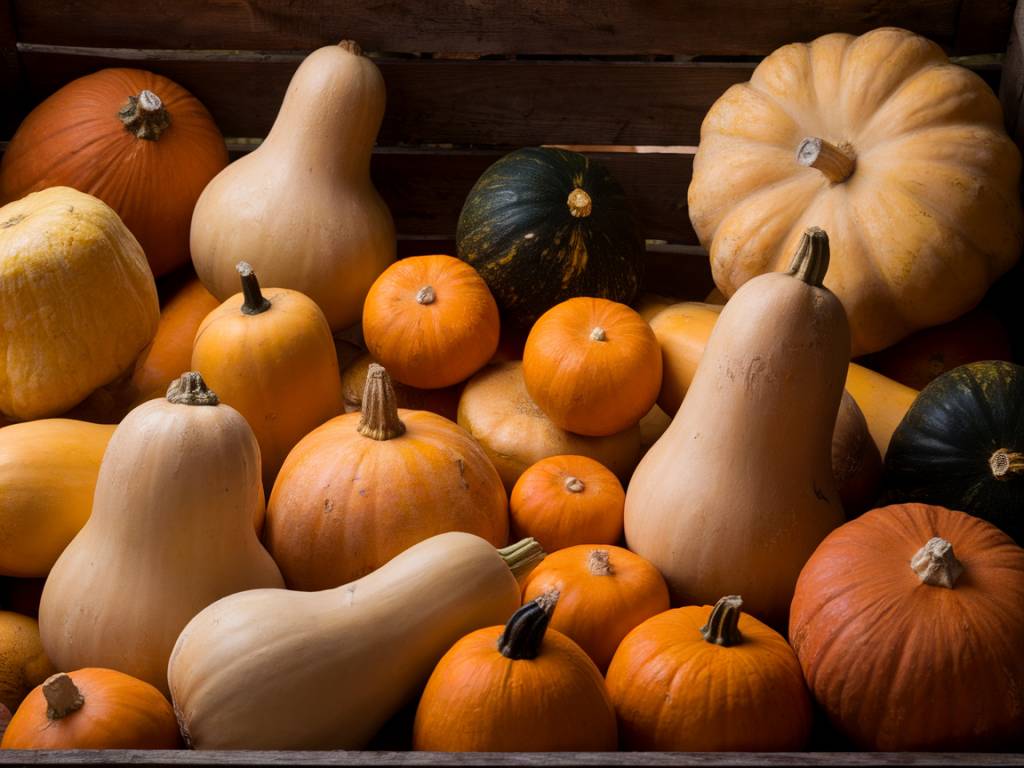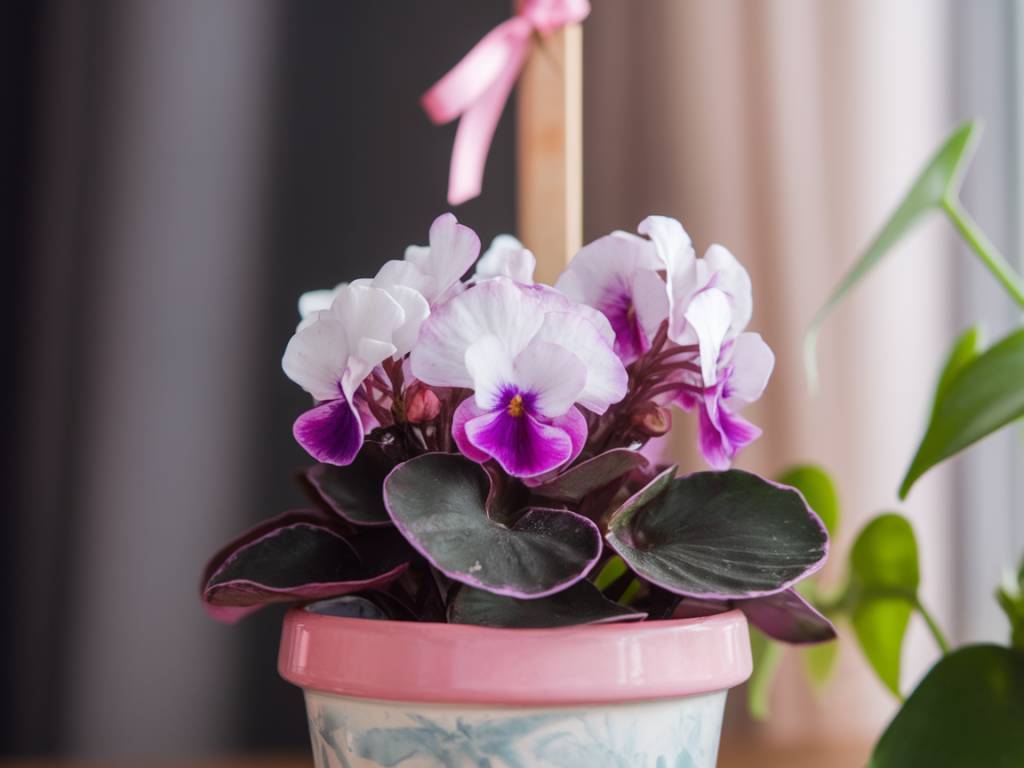Preparing Your Garden Tools
As winter sets in, it’s a perfect time to give your garden tools some much-needed attention. Properly maintaining your tools now will ensure they are ready for action once spring arrives. Let’s dive into how we can best take care of them.
Firstly, clean all your tools thoroughly. Remove any soil, sap, or plant residue. Use a stiff brush for stubborn dirt and an old cloth for the finer prints. For sap and plant residue, a mixture of water and biodegradable soap should do the trick. Remember, keeping your tools clean helps prevent the spread of diseases and prolongs their lifespan.
Once your tools are spotless, it’s time to sharpen them. Sharp tools not only make your work easier but also ensure cleaner cuts, which are better for plants. You can use a flat file or sharpening stone for this task. Make sure to go at the correct angle and work patiently to avoid damaging the tools.
After sharpening, lubricate the metal parts to prevent rust. A light coating of vegetable oil works wonders and is a natural alternative to petroleum-based oils. For wooden handles, sanding them down and applying a coat of linseed oil will keep them smooth and splinter-free.
Don’t forget to inspect the handles and screws for any signs of damage or looseness. Tighten any loose screws and replace broken handles to prevent accidents in the future. Store your tools in a dry place to avoid rust and decay, possibly hanging them up to keep them off the ground.
Soil Health Check
Winter is the optimum time to focus on soil preparation for the growing season ahead. Healthy soil is the foundation of a flourishing garden, and there are several steps you can take to ensure your soil is in top condition by spring.
The first step is to test your soil. Soil tests can help determine its pH and nutrient levels, pinpointing specific amendments your garden might need. You can purchase a soil testing kit or send a sample to a local extension office for a more detailed analysis.
Once you’ve identified what your soil needs, it’s time to add organic matter. Composted garden and kitchen waste, well-rotted manure, or leaf mold are excellent options. These materials enrich the soil with essential nutrients, improve its structure, and enhance water retention.
Covering your soil with a thick layer of mulch is another beneficial practice. Mulch protects the soil from erosion, regulates soil temperature, discourages weeds, and helps retain moisture. Opt for natural mulches like straw, wood chips, or compost to stay aligned with an eco-friendly gardening approach.
Winter is also an excellent time to plant cover crops, also known as green manure. Crops like clover, rye, or vetch grow quickly and help prevent soil erosion, fix nitrogen, and improve organic matter content. Once they are tilled back into the soil in early spring, they act as a nutrient-rich organic amendment, setting the stage for robust plant growth.
Winter Greenhouse Tips
If you’re lucky enough to have a greenhouse, winter is the ideal time to perform thorough maintenance. Start by cleaning it from top to bottom. Remove any lingering plants, wash down the interior, and clean the glass or plastic panels to ensure maximum light penetration. This effort not only promotes hygiene but also maximizes the benefits your greenhouse can offer.
Ventilation is critical in a greenhouse, even during winter. Proper airflow helps prevent damping-off diseases and mold growth. Make sure to open the vents on sunny winter days to allow fresh air in. Additionally, you might consider installing a small fan to keep the air circulating.
Insulating your greenhouse can make a marked difference in keeping your plants cozy during the cold months. Use bubble wrap for the glass or plastic panels and consider adding additional layers of fleece to tender plants. Doing so maintains a consistent temperature inside the greenhouse, ensuring that your plants thrive despite the cold weather outside.
If you have potted plants in the greenhouse, elevating them on benches can help avoid cold damage from the ground. Don’t forget to water your plants as needed, but be cautious not to over-water since evaporation rates are significantly lower in winter. It’s better to let the soil slightly dry out between waterings to prevent root rot.
Planning Ahead: Crop Rotation and Garden Layout
Winter provides an excellent opportunity to plan your garden layout for the upcoming season. By reflecting on what worked and what didn’t in the past, you can design a more effective and productive garden.
One of the fundamental principles of sustainable gardening is crop rotation. This practice involves changing the planting location of different types of crops in your garden each year. Crop rotation helps reduce soil-borne diseases, breaks pest cycles, and improves soil fertility. Group your plants into families – such as nightshades, legumes, brassicas, and root crops – and plan their rotation over a three- or four-year cycle for the best results.
Taking the time to consider companion planting strategies can also be very beneficial. Some plants, when grown together, enhance each other’s growth, repel pests, or provide essential nutrients. For instance, planting marigolds alongside tomatoes can help deter nematodes, while beans can fix nitrogen in the soil, benefiting leafy greens planted nearby.
Sketch out your garden beds and decide where each crop will go. Aim for a diverse mix of plants to prevent monoculture and bolster biodiversity. This not only creates a healthier garden ecosystem but also attracts a variety of beneficial insects, aiding in natural pest control.
Compost Management
Never underestimate the power of a well-maintained compost heap. Winter is a great time to give it some attention, ensuring it remains in prime condition to provide the “black gold” your garden will cherish come spring.
Turn your compost regularly to aerate it and encourage faster decomposition. If you find it becoming too dry, add some moisture – rainwater is preferable. Conversely, if it’s too wet, add more brown materials like straw or dry leaves to balance it out.
Ensure your composting materials are a balanced mix of greens (nitrogen-rich materials like kitchen scraps and grass clippings) and browns (carbon-rich materials like straw and leaves). This balance is crucial for maintaining the right conditions for composting microbes to thrive.
Adding a layer of insulation, like straw or old carpet, can help keep your composting materials warm and active throughout the winter months. And don’t worry if it slows down a bit – the process will pick up again once the weather starts to warm.
With all these tasks in hand, you’re setting up for a vibrant and productive spring. Nurturing your tools, soil, and overall garden during the winter months ensures that everything is ready to burst into life when the growing season begins. Happy gardening!
Best wishes,
Samanta

